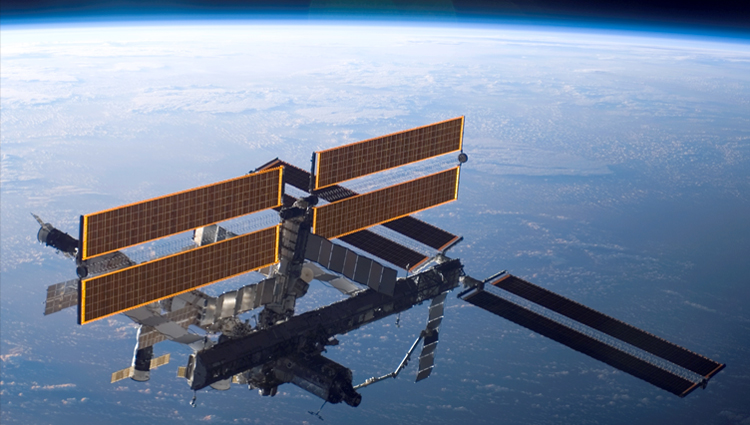NASA, Shuttle Crew Host DC Tweetup
Astronauts discuss the retirement of the space shuttle program and NASA's plans for a new spacecraft.
Image

Media credits
Chris J. Nicolini
WASHINGTON -- Twitter users fascinated with space gathered at NASA Headquarters in Washington on Thursday to ask the crew of space shuttle Endeavour STS-127 candid questions about the future of NASA and space exploration.
This was the second Tweetup organized by NASA, the first one was held in July after the crew of Atlantis STS-125 successfully completed the final repair mission to the Hubble Space Telescope. On that mission, astronaut Mike Massimino, or Astro_Mike, became the first person to send a tweet from space. The message, sent to his 247,000 followers, said: "From orbit: Launch was awesome!! I am feeling great, working hard, & enjoying the magnificent views, the adventure of a lifetime has begun!"
During Thursday's Tweetup -- the term users of the social networking service Twitter use to describe an in-person meeting -- participants asked the STS-127 crew questions that ranged from their religious views to if they would volunteer for a one-way mission to Mars.
"I think that's a case-by-case question," Mission Specialist Christopher Cassidy said of a no-return trip to the Red Planet. "It's an interesting concept to think about it, and all of us are astronauts because we enjoy training for and operating in space. But there is certainly a human aspect to it, and we all have families, and to take a one-way trip to Mars with our families would be one thing, but take a one-way trip to Mars without our families is entirely different."
NASA is certain that a trip to Mars would not be possible in the near future and, with the scheduled 2010 end of the space shuttle program, just getting an astronaut into orbit may become much more difficult. Only six missions remain before the planned retirement of the shuttle program, and many in the audience asked about the lack of a NASA vehicle capable of human spaceflight to replace the shuttle.
"We do have a space station up there right now with six human beings on board, some of which are Americans. We will continue to have Americans on board [the ISS]. Their access to space will be on a Russian Soyuz -- which we've already been doing -- but following retirement of the space shuttle will be the only access humans have to space until we finish construction of a new vehicle," said astronaut Mark Polansky, commander of the STS-127 mission.
Discovery is slated for the final shuttle mission in Sept. 2010 to deliver supplies to the ISS. Once the shuttle program ends, NASA would be without their own vehicle for human spaceflight until the Orion spacecraft becomes operational, scheduled for 2015 but expected to be delayed for several years.
"Until we have a new vehicle, the United States does not have the ability to send its own astronauts into orbit," Polansky said. "The issue is, how long is it going to take between the time that we stop flying shuttles until the time that we are able to again launch our own astronauts into space."
How to deal with that issue, called "the gap," is currently being discussed in Congress.
